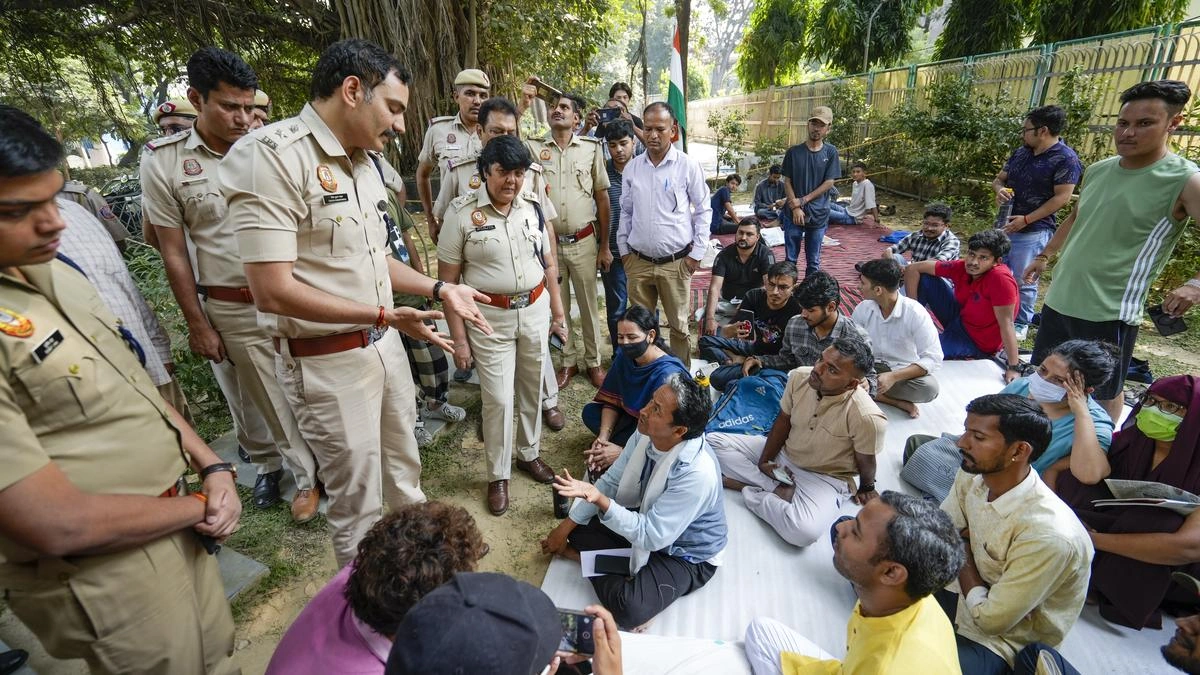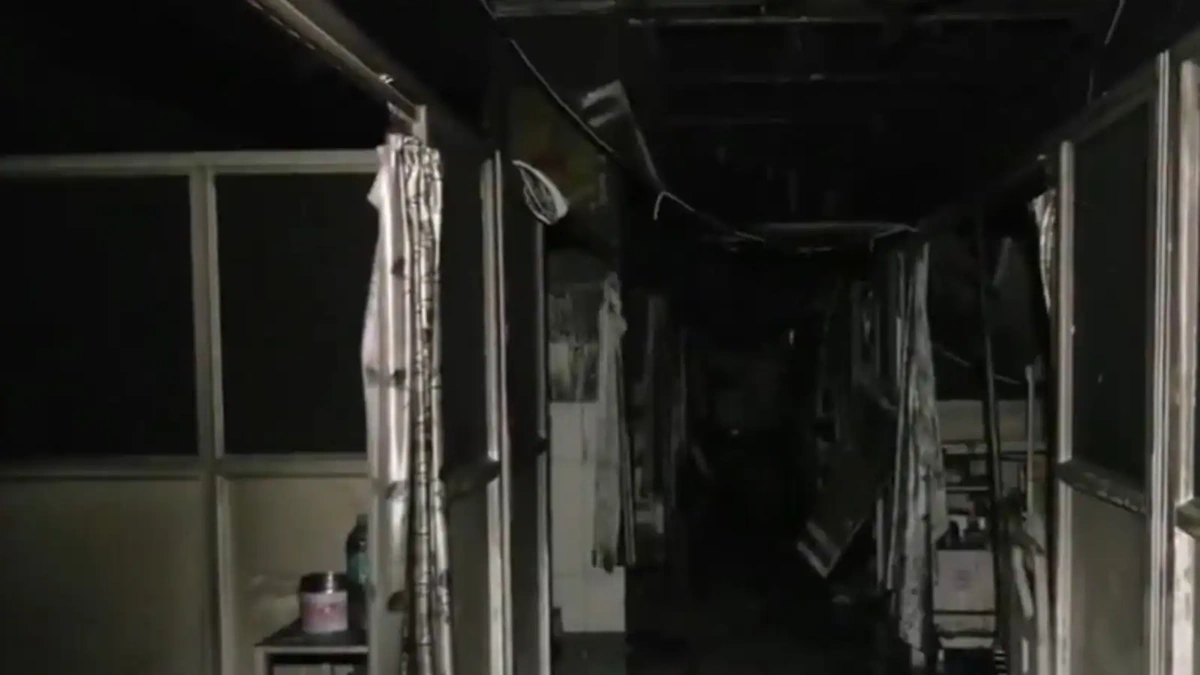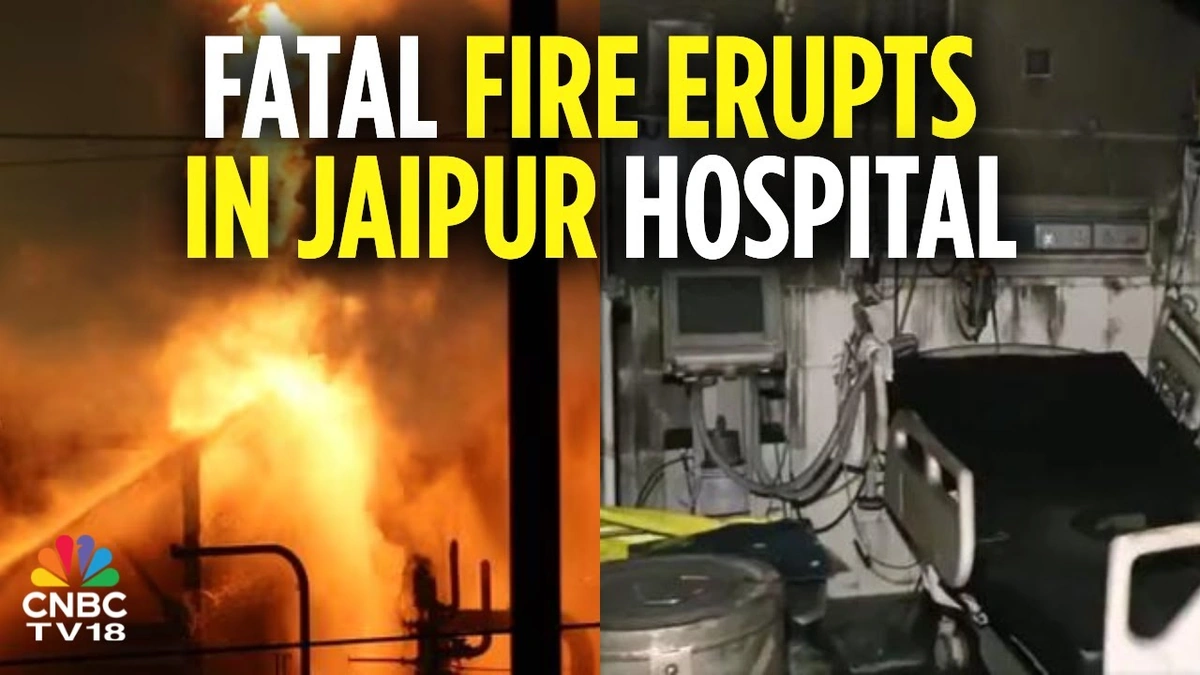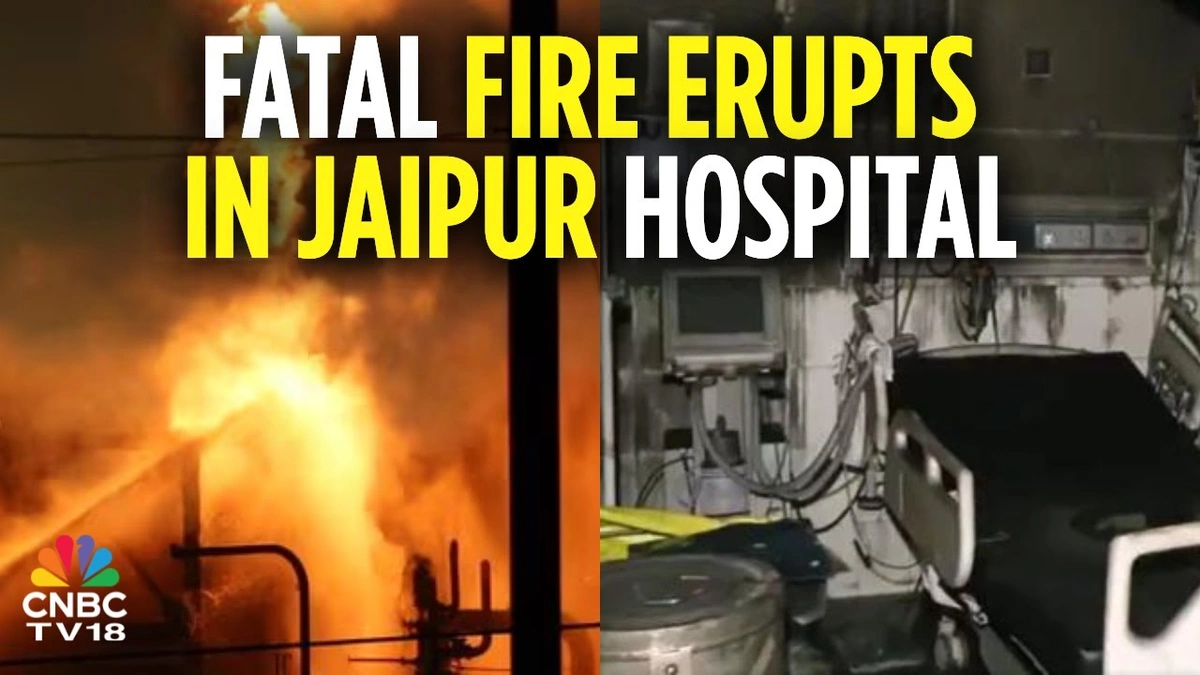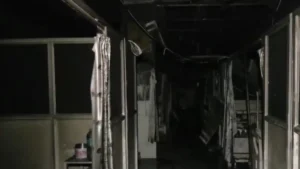Supreme Court Addresses Sonam Wangchuk’s Detention in Ladakh, Notifies Modi Govt
Okay, let’s talk about something important happening in Ladakh. The Supreme Court has officially taken up the issue of Sonam Wangchuk’s Ladakh detention . But, what’s really going on here? Why does it matter, and what does it mean for the future of this sensitive region and for freedom of expression itself? This isn’t just a news story; it’s a developing situation that touches on environmental concerns, political activism, and the very definition of dissent in modern India.
The Backstory | Who is Sonam Wangchuk and Why Ladakh Detention?
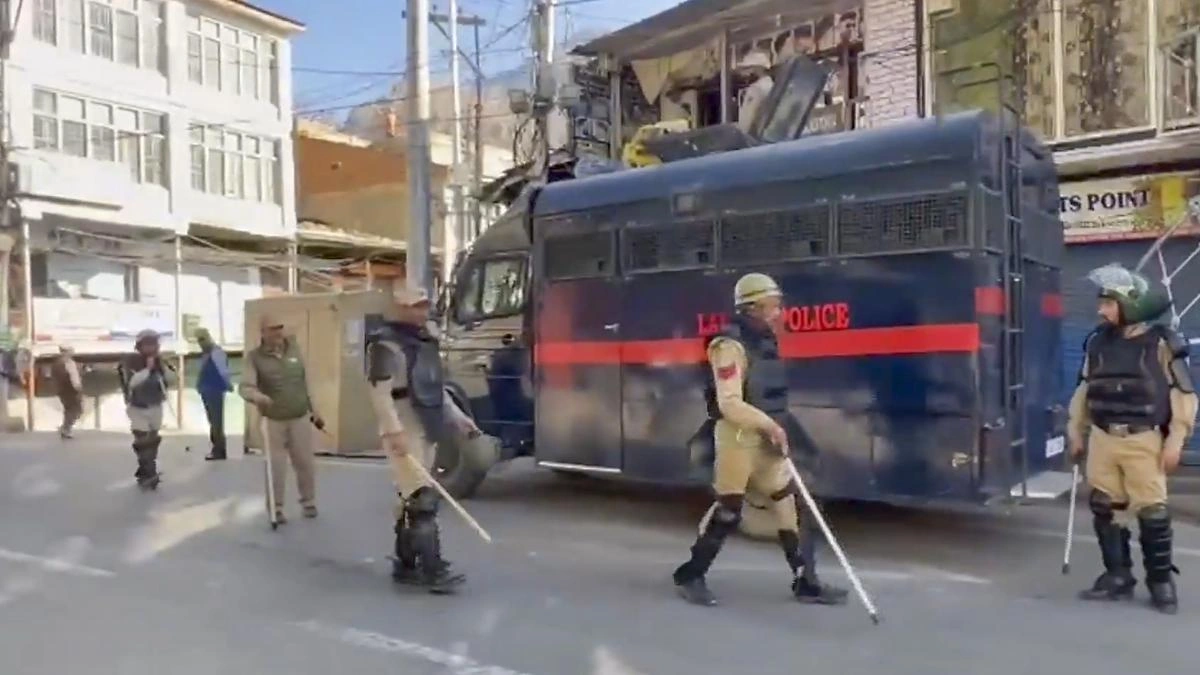
Sonam Wangchuk isn’t just some random activist. He’s an engineer, innovator, and education reformist, perhaps best known for inspiring the character of Phunsukh Wangdu in the Bollywood blockbuster ‘3 Idiots.’ But his real-life work is far more impactful. He’s been a vocal advocate for preserving Ladakh’s fragile ecosystem and has raised concerns about the impact of unchecked industrial development on the region. His detention, therefore, isn’t an isolated event. It’s part of a larger narrative of environmental activism clashing with governmental priorities. This situation also raises serious questions about the limits of dissent and free speech in areas deemed sensitive by the government. Here’s what fascinates me – the detention came after Wangchuk planned a protest march to highlight these issues. Coincidence? I think not.
The Supreme Court’s Intervention | A Ray of Hope?
So, what does it mean that the Supreme Court is involved? Well, it’s a significant development. The Supreme Court taking cognizance of the matter suggests that there are legitimate concerns about the legality and justification of the preventive detention . By formally notifying the Modi government, the court is signaling that it intends to scrutinize the actions taken against Wangchuk. This could lead to a review of the grounds for his detention and potentially set a precedent for similar cases in the future. As per reports, the court has asked for a detailed response from the government, which is a crucial first step. The judiciary’s role here is vital in ensuring that constitutional rights are protected, even in regions with complex security concerns.
Why This Matters to You (Even if You Don’t Live in Ladakh)
Here’s the thing: this case isn’t just about one person or one region. It touches on fundamental principles that affect every citizen of India. The right to peaceful protest, the freedom to express concerns about environmental degradation, and the ability to hold the government accountable are all cornerstones of a healthy democracy. If these rights are curtailed in Ladakh, what’s to stop them from being curtailed elsewhere? Think about it. The implications are far-reaching, affecting activists, environmentalists, and anyone who dares to question the status quo. The Supreme Court’s decision in this case could have a chilling effect on dissent across the country, or it could reaffirm the importance of protecting fundamental freedoms. The ball is now in the government’s court – literally.
Ladakh’s Unique Challenges | A Delicate Balance
Ladakh is not like any other place in India. Its high-altitude desert ecosystem is incredibly fragile, and the region is strategically important due to its proximity to the border with China and Pakistan. Development projects, while necessary for economic growth, must be carefully managed to avoid irreversible damage to the environment. Balancing the needs of the local population with the demands of national security and environmental protection is a constant challenge. Sonam Wangchuk’s activism stems from a deep concern that this balance is being disrupted, leading to unsustainable practices that threaten the long-term well-being of the region. The environmental concerns he raises are genuine and deserve serious consideration. The government’s response to these concerns will not only shape the future of Ladakh but also send a message about its commitment to sustainable development across the country.
But – and this is a big but – there’s also the geopolitical angle. Ladakh’s strategic importance cannot be ignored. Any unrest or instability in the region can have serious implications for national security. This is where things get complicated. How do you balance the need for security with the right to dissent? How do you ensure that legitimate concerns are not dismissed as anti-national activities? These are tough questions with no easy answers, and the Supreme Court’s intervention adds another layer of complexity to the situation.
Let me rephrase that for clarity. The Supreme Court’s involvement isn’t just a legal matter; it’s a reflection of the deep-seated tensions between development, environment, and security in a sensitive border region.
What’s Next? The Road Ahead for Sonam Wangchuk and Ladakh
The Supreme Court has sought a response from the Modi government. Now, all eyes are on what the government will say. Will they justify the detention based on security concerns? Will they address the environmental issues raised by Wangchuk? Or will they seek a compromise that respects both the rights of the individual and the needs of the region? The court’s ultimate decision will have a profound impact on the future of Ladakh and on the broader landscape of civil liberties in India. It will also influence how the government approaches similar situations in other sensitive regions of the country. So, stay tuned. This is a story that is far from over.
Don’t forget to check other important updates.
FAQ Section
Frequently Asked Questions
What were the grounds for Sonam Wangchuk’s detention?
Details are still emerging, but reports suggest it was related to planned protests concerning environmental issues and development in Ladakh.
What is the significance of the Supreme Court’s involvement?
It signals the court’s concern about potential violations of fundamental rights and its intention to review the government’s actions.
How does this case affect the people of Ladakh?
It raises questions about the balance between development, environmental protection, and the right to dissent in the region.
What are the potential long-term implications of this case?
The outcome could set a precedent for similar cases involving environmental activism and civil liberties in other parts of India.
Where can I find more information about Sonam Wangchuk’s work?
You can find information on the official websites of the Himalayan Institute of Alternatives, Ladakh (HIAL).
What is preventive detention ?
Preventive detention involves detaining individuals without trial when there is a suspicion that they might commit a crime or pose a threat to public order. This measure is controversial due to its potential for misuse and infringement on personal freedom. It is different from detention as punishment after a trial and conviction.
